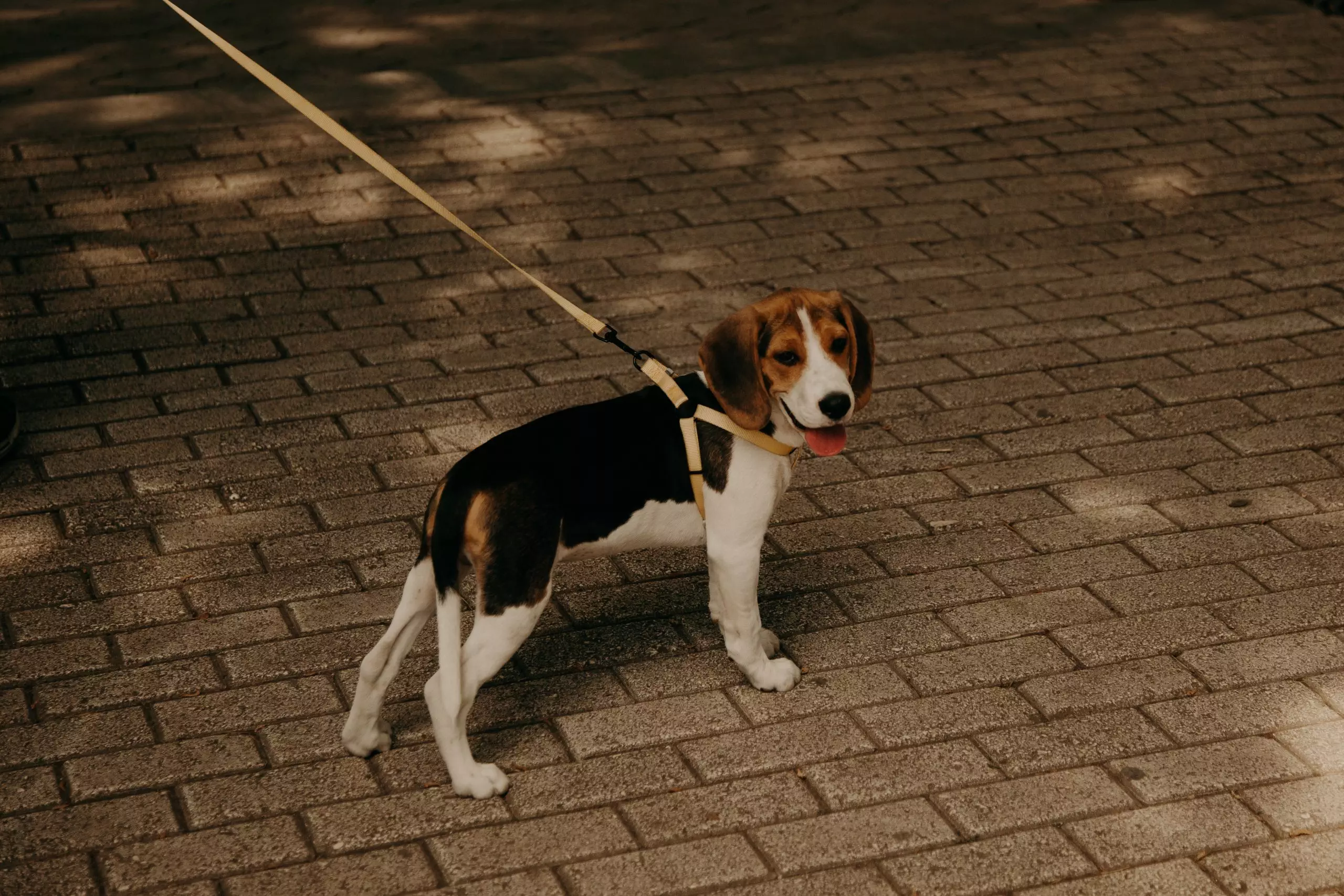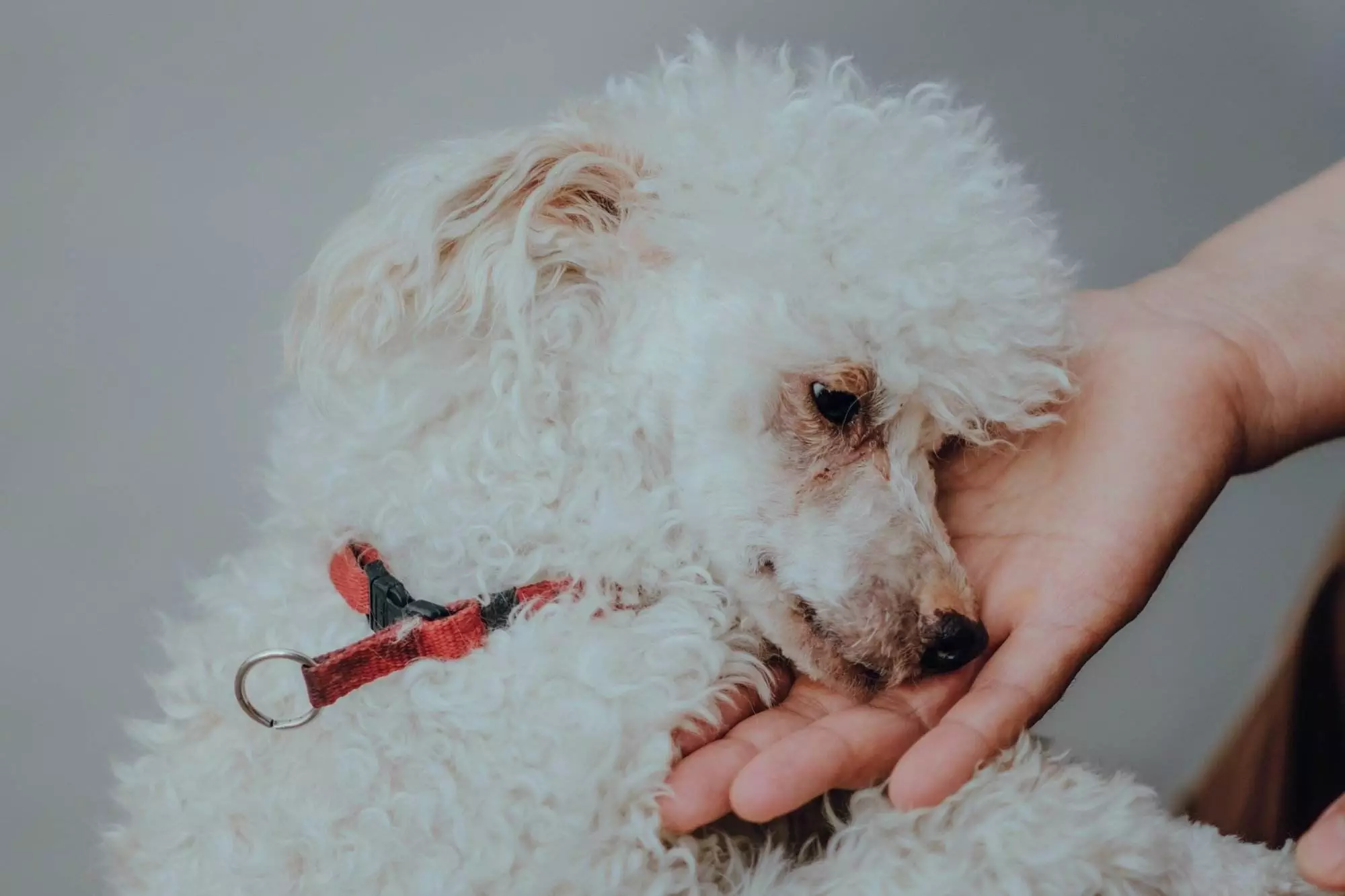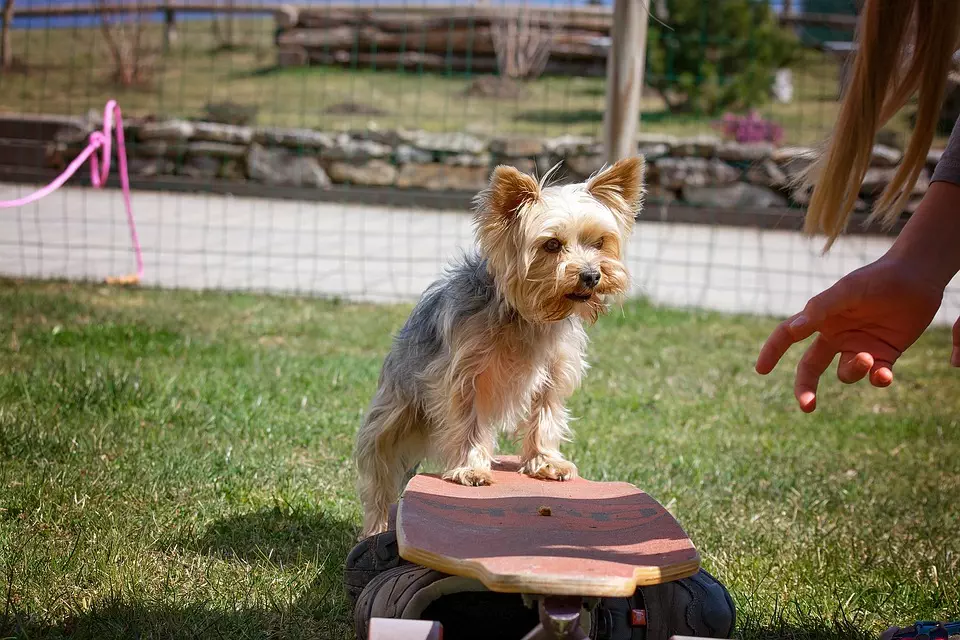Leash Pulling Basics
Leash pulling can be a frustrating and even dangerous problem to deal with when walking your dog. Fortunately, there are several techniques you can use to teach your dog to walk calmly on a leash. By following these basic principles, you’ll be able to enjoy walks with your pup without the hassle of constant pulling. The first step in stopping leash pulling is understanding why dogs do it in the first place. In many cases, dogs pull because they’re overexcited or simply aren’t used to walking on a leash. To address this behavior, begin by taking shorter walks and gradually increasing their length as your dog becomes accustomed to them. Another effective technique for dealing with leash pulling is teaching your dog how to heel. This involves training them to walk at your side rather than out in front of you. To start this process, use verbal cues and treats to encourage them to stay close while walking beside you.
Reasons Dogs Pull on Leashes
Dogs are easily one of the most popular pets in the world. They are loyal, loving, and playful companions that can bring joy to anyone’s life. However, as wonderful as they may be, dogs can also be a handful at times. One of the most common issues that dog owners face is their pet constantly pulling on their leash during walks. This behavior can make walking your dog a frustrating experience and also put both you and your pet in danger. In this article, we will explore some reasons why dogs pull on leashes and how you can stop this behavior. One reason why dogs pull on leashes is because they are simply too excited or have too much energy to contain. Dogs love being outdoors and exploring new places; it’s only natural for them to get enthusiastic when they see something interesting or smell a new scent.
Training Leash Walking Basics

Training your dog to walk on a leash is one of the most important basic training exercises you can teach them. However, if your furry friend pulls on the leash during walks, it can make the experience frustrating for both you and your pet. Fortunately, there are several techniques you can use to stop your dog from pulling on their leash. The first step in training your dog to stop pulling is to choose the right equipment. A sturdy harness or collar will help prevent damage to your pet’s neck and spine while you’re out walking together. Next, work on reinforcing good behavior by rewarding positive actions such as walking calmly beside you instead of pulling. Another effective technique is to change direction when your dog starts pulling. This helps teach them that pulling won’t get them where they want to go and encourages them to follow your lead instead.
Step 1: Use a Harness
If you’re tired of your dog pulling on the leash during walks, using a harness is an excellent place to start. A harness distributes pressure evenly across your dog’s chest and back, reducing the strain on their neck and throat. This can make walks more comfortable for your furry friend and help prevent injuries from excessive pulling. But not all harnesses are created equal. It’s important to choose a high-quality harness that fits your dog properly to ensure maximum effectiveness. Look for one with adjustable straps so you can customize the fit to your pup’s unique shape and size. Additionally, padded straps will provide extra comfort for your dog while walking, making them less likely to pull out of discomfort or pain. Once you’ve found the right harness for your pooch, it’s time to teach them how to walk calmly beside you without pulling.
Step 2: Reward Calm Behavior
If you’re tired of being dragged down the street by your overzealous pup, it’s time to take action! Dogs that pull on their leash can be a major frustration for pet owners everywhere. Fortunately, with a bit of training and patience, you can teach your dog to walk calmly by your side. In this article, we’ll explore step 2: rewarding calm behavior. To begin teaching your dog to walk calmly on a leash, it’s important to reward good behavior as soon as it happens. When your dog is walking calmly beside you without pulling or tugging at the leash, give them plenty of praise and maybe even a treat. This positive reinforcement will help them learn that this type of behavior is what you expect from them. It’s also important to avoid punishing or scolding your dog when they do pull on their leash.
Step 3: Redirect Attention Away from Distractions
As a pet owner, one of the most frustrating things can be trying to walk your dog and having them constantly pull on the leash. Not only does this make it difficult for you to control your dog, but it can also be dangerous for both you and your furry companion. If you’re struggling with this issue, don’t worry – there are steps you can take to redirect your dog’s attention away from distractions. The first step in stopping your dog from pulling on the leash is to understand why they’re doing it in the first place. Often, dogs pull because they’re excited or curious about something in their environment. This could be another animal, an interesting smell, or even just a passing car. Once you’ve identified what’s causing your dog to pull, you can begin working on redirecting their attention.One effective way to do this is by using positive reinforcement techniques.
Step 4: Walk in the Opposite Direction of Pulling
Are you tired of being dragged around by your dog every time you take them for a walk? It’s a common problem that many pet owners face, but it’s also one that can be easily solved. In this article, we’ll focus on the fourth step in training your dog to stop pulling on their leash: walking in the opposite direction. When your dog pulls on their leash, it’s natural to want to pull back or hold tight. However, this only reinforces their behavior and causes them to continue pulling. Instead, try walking in the opposite direction when your dog starts pulling. This will redirect their attention and teach them that pulling doesn’t get them where they want to go. As soon as you feel tension on the leash, turn around and start walking in the opposite direction. Your dog will likely resist at first or try to catch up with you quickly.
Conclusion: Proactive Training for Obedient Walks
As a dog owner, one of the most frustrating things you can experience is having your furry friend constantly pull on their leash during walks. It not only creates an unpleasant experience for both you and your dog but also poses a safety risk to both of you. However, with proactive training, you can teach your dog how to walk obediently without pulling on their leash. The first step in stopping your dog from pulling on their leash is to understand why they are doing it in the first place. Some dogs pull because they are excited, while others may be trying to explore their surroundings or assert dominance over their owners. Once you have identified the reason behind your dog’s behavior, you can begin taking steps to address it. One effective way of teaching your dog how to behave appropriately during walks is through positive reinforcement training.





